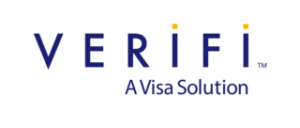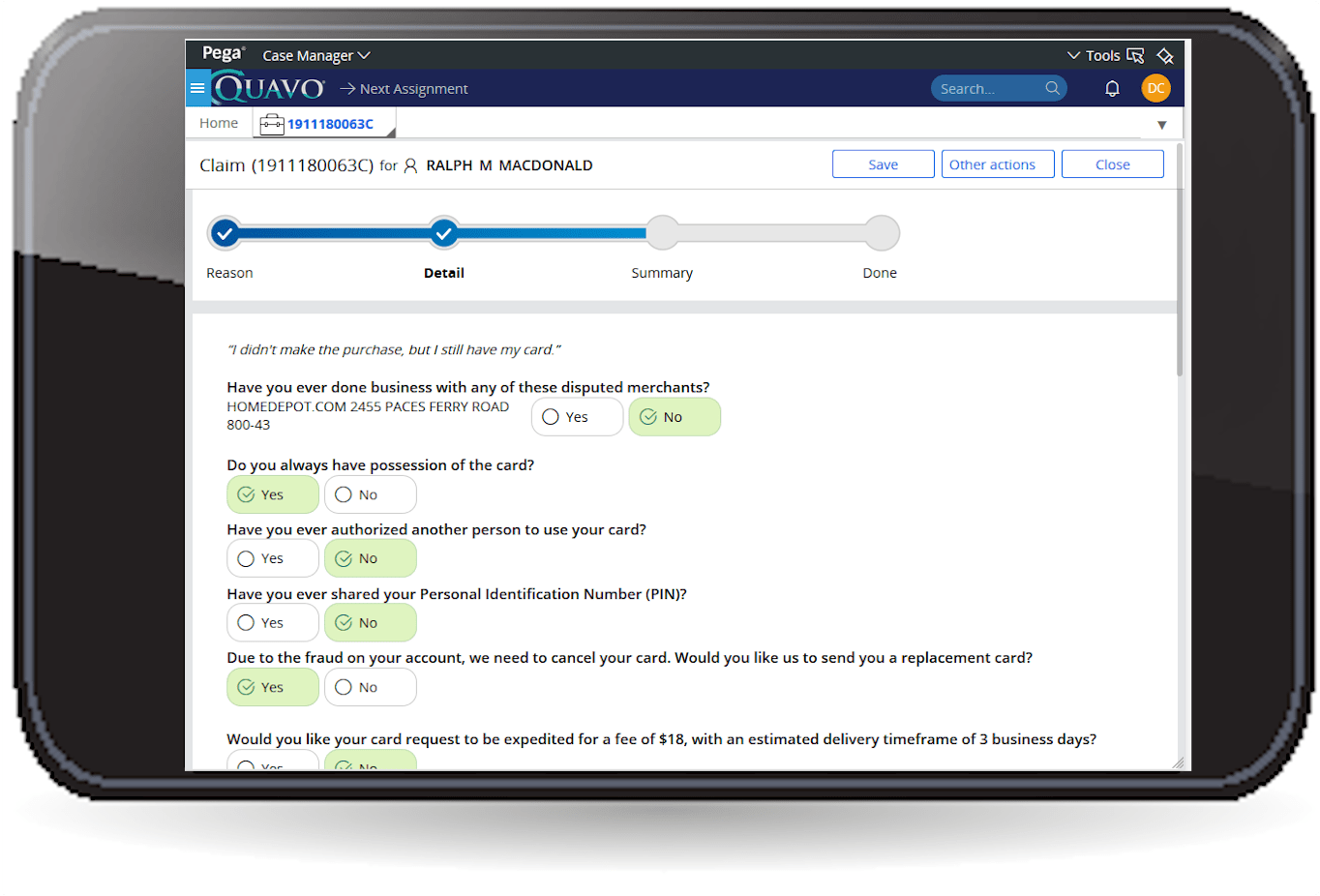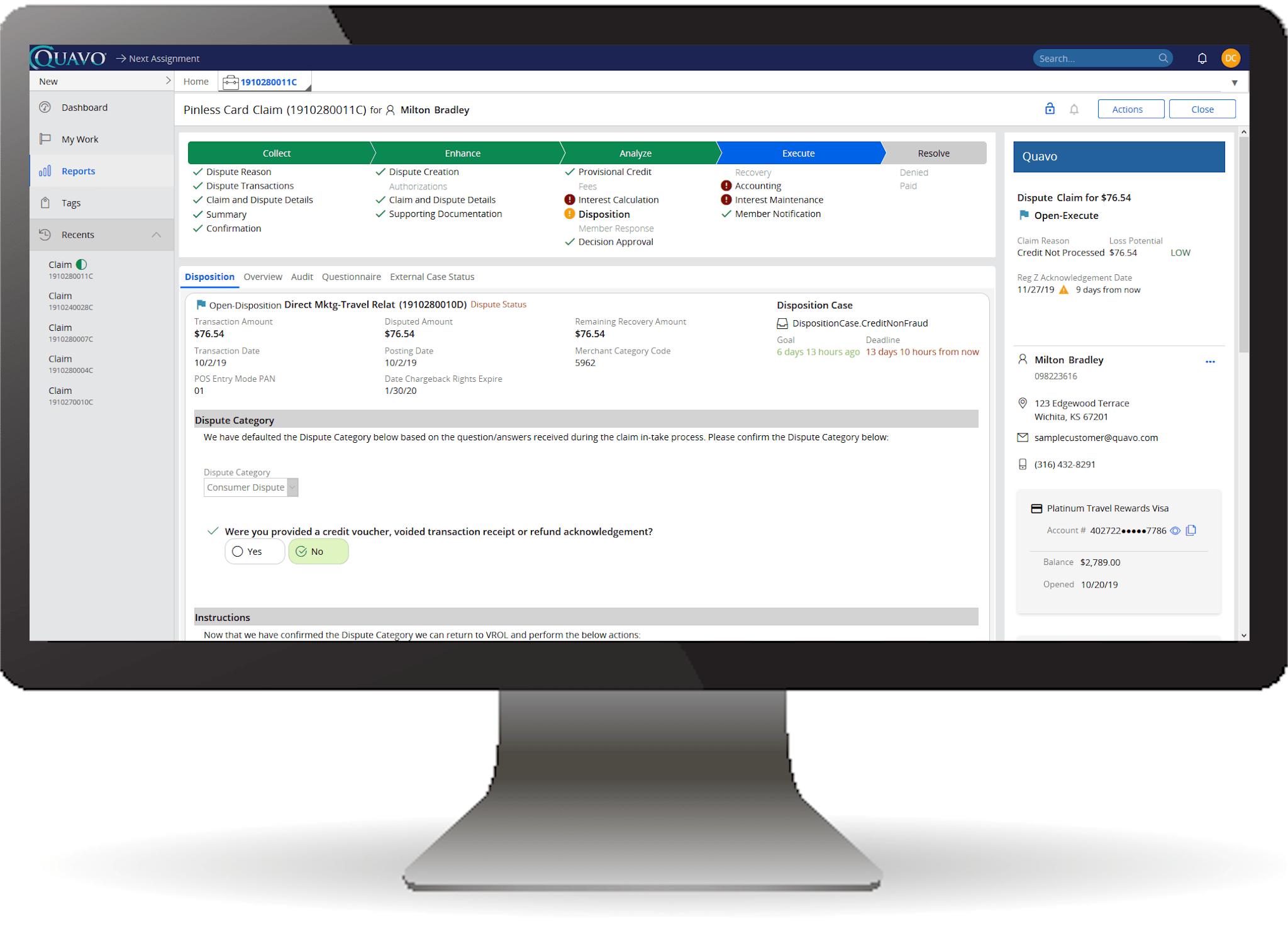The QFD case workflow puts issuers in a position to:
- Increase recovery opportunity and success rates
- Decrease representment volume
- Increase avoidance opportunities
- Reduce settled fraud and dispute transactions
- Increase merchant refunds
The hyper-configuration capability of recovery rules allows issuers to be very surgical about when and what types of fraud and dispute recovery to pursue. Based upon market conditions, the rules can be quickly adapted to increase success rates. QFD also offers integration with third-party partners such as Ethoca and Verifi that allow the issuer to collaborate directly with the merchant. This innovative approach to recovering potentially lost funds results in either holding the customer liable or avoiding the chargeback process altogether via merchant collaboration.
Get to Work Quickly
Advanced Intake Questionnaires
The dispute case intake process in QFD is tuned to get as much information from the accountholder as possible at the time of report. For Reg E disputes especially you have very little time to investigate – don’t waste it going back for more information.
Stop Getting Represented
Advanced Association Eligibility Rules
QFD can tell you if you have rights to do a chargeback. It can even use this information to make a pay decision for your accountholder. What’s more, the platform can tell you which recovery option is more likely to pay off, such as selecting an authorization issue reason code in the case of fraud.


Go Straight to the Source
Merchant Collaboration Options Included
QFD includes tight integration with both Verifi and Ethoca. These companies specialize in recovering directly from merchants, bypassing the costly chargeback process. Even better, they can often stop shipment of goods and reverse digital purchases, creating a better resolution for everyone.
Straight Through Processing
Cases can be resolved with no human intervention
Dispute Lifecycle Reporting
Report on stick rates and the entire dispute lifecycle
Business Delegated Changes
Quickly adapt to changes and avoid losses from shifting trends



